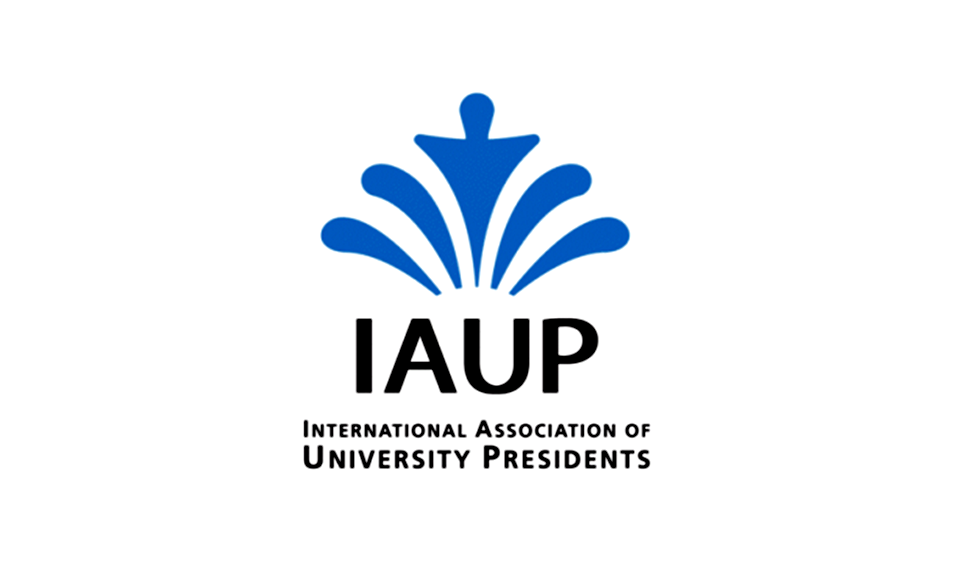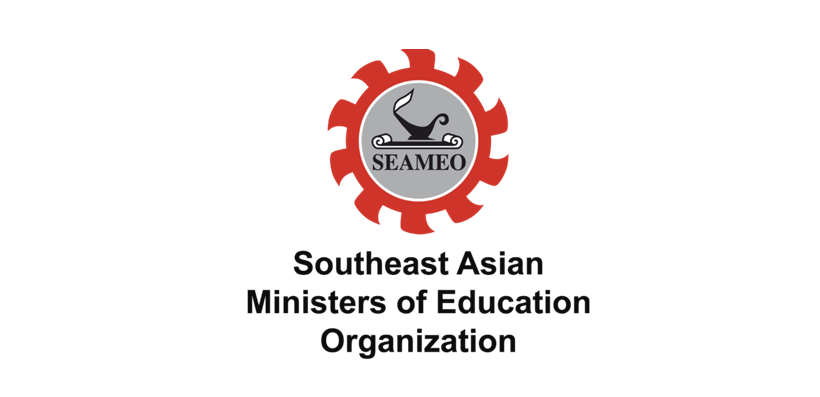Education News
China Aspires, Future Inspires

China Aspires, Future Inspires
Unveiling the Pinnacle of Global Higher Education in China
By Dr. Emily Chow, Professor of International Education, PNational Tsing Hua University
In an era defined by rapid globalization and transformative technological advancements, China has emerged as a beacon of innovation and academic excellence in higher education. With a visionary commitment to fostering global talent and advancing knowledge frontiers, China’s universities are reshaping the landscape of international education. This article explores how China’s higher education system, particularly through institutions like The Asia Pacific School of Business (APSB), embodies forward-looking vision, globalization), cutting-edge excellence, innovation, and continuity and inclusivity, in talent development. It highlights the benefits of China’s educational framework for international students, the transformative power of the Academic Consortium of Universities, and the synergistic impact of the Belt and Road Initiative (BRI) on global higher education sustainability and the United Nations’ Sustainable Development Goals (SDGs).
I. China’s Higher Education: A Paradigm of Innovation and Global Leadership
China’s higher education system has undergone a remarkable evolution, transitioning from a domestic-focused model to a globally integrated ecosystem. The government’s strategic investments in education, exemplified by the "Double First-Class" initiative, have elevated Chinese universities to global prominence. By 2025, China boasts 70 universities ranked among the world’s top 500, with institutions like Tsinghua University and Peking University consistently leading in STEM research and innovation .
1. Foresight: Strategic layout and future orientation
China’s educational policies are deeply rooted in anticipating future challenges. The Ministry of Education’s emphasis on interdisciplinary research, digital literacy, and green technologies reflects a commitment to preparing students for the Fourth Industrial Revolution. For instance, universities like Shanghai Jiao Tong University have established state-of-the-art research hubs in artificial intelligence and renewable energy, fostering breakthroughs that address global sustainability concerns .
2. Internationalization: Diversity Integration and Global Collaboration
China’s universities actively engage in international partnerships, with over 500,000 international students from 196 countries enrolled in 2023 alone . Programs like the China-EU Joint Doctoral Program and Confucius Institutes worldwide exemplify China’s dedication to cross-cultural exchange. The Asia Pacific School of Business (APSB), in particular, has forged alliances with institutions such as INSEAD and the University of California, Berkeley, offering students dual-degree programs and global internships .
3. Advancement: Technology-driven and academic excellence
Chinese universities are at the forefront of technological innovation. Tsinghua University’s breakthroughs in quantum computing and Fudan University’s leadership in sustainable energy research (ranked #1 globally in SDG7) underscore China’s scientific prowess . APSB’s curriculum integrates real-world business challenges, leveraging AI-driven simulations and blockchain-based case studies to cultivate industry-ready graduates .
4. Innovation: Subverting tradition and cultivating maker spirit
China’s higher education system prioritizes creativity and entrepreneurship. The "Mass Entrepreneurship and Innovation" campaign has spurred the creation of over 2,000 university-incubated startups, with Zhejiang University’s entrepreneurial ecosystem producing unicorns like Ant Group. APSB’s "Innovation Lab" empowers students to prototype solutions for global issues, such as poverty alleviation and digital inclusion .
5. Continuity and inclusiveness: full-cycle training and equitable education
China’s education system ensures seamless progression from undergraduate to doctoral studies. The "Top-Notch Student Training Program" identifies gifted students early, providing tailored mentorship and research opportunities. Additionally, scholarships like the China Scholarship Council (CSC) and the Silk Road Scholarship Program enable students from over 150 countries to access quality education, promoting inclusivity and diversity .
II. The Asia Pacific School of Business: A Catalyst for Global Academic Influence
The Asia Pacific School of Business (APSB), established in 1995, has become a trailblazer in international business education. With campuses in Singapore, Hong Kong, and China, APSB is renowned for its East-West integration philosophy and rigorous academic standards.
1. International certification and academic authority
APSB holds prestigious accreditations, including:
- SQC-PEO (Singapore Quality Class-People’s Education) for excellence in teaching and management.
- IIIRC (International Independent Accreditation Council) recognition, validating its global academic standards.
- AAFM (American Academy of Financial Management) certification, ensuring its finance programs meet Wall Street benchmarks .
In 2023, APSB joined the United Nations Academic Impact (UNAI), solidifying its commitment to advancing SDGs through education .
2. International academic network and top collaboration
APSB collaborates with over 50 global institutions, including Boston College and the University of St. Gallen. Its faculty comprises 87 professors and 115 doctoral researchers, with 40% holding international appointments. The school’s research centers, such as the Asia-Pacific Sustainable Finance Institute, publish extensively in journals like Journal of International Business Studies, shaping global policy discourse .
3. Innovative training model: innovation of academic consortium
APSB’s crowning achievement is the Academic Consortium of Universities, a groundbreaking initiative endorsed by China’s Ministry of Education. Comprising 12 Chinese universities, including Yangtze University and Wuhan Polytechnic University, the Consortium redefines collaborative education through:
● Academic Clustering: Shared research facilities and interdisciplinary projects, such as the joint MBA program in digital transformation.
● Curriculum Harmonization: Standardized courses across institutions, ensuring quality consistency.
● Cross-Institutional Credentialing: APSB’s courses are recognized by all Consortium members, enabling seamless credit transfers.
● Global Campuses: Students spend semesters at partner universities, immersing in diverse cultures.
● Faculty Mobility: Professors from member institutions teach at APSB, enriching classroom perspectives .
This model facilitates Credit Transfer and Dual Degrees, with over 300 students participating in cross-institutional programs annually. For example, APSB’s "BRI Leadership Program" pairs students with internships at Chinese enterprises operating in Central Asia, fostering practical expertise .
III. The Academic Consortium of Universities: Redefining Global Higher Education
The Academic Consortium of Universities represents a paradigm shift in collaborative education. By breaking down institutional silos and fostering resource sharing, it addresses three critical challenges:
1. Promoting Openness
The Consortium’s Credit Recognition System allows students to design personalized academic pathways. APSB’s partnership with Hubei Institute of Fine Arts, for instance, enables business students to enroll in art history courses, fostering creativity in future leaders .
2. Enhancing Universal Value
Through Joint Curriculum Development), the Consortium addresses global issues like climate change and digital inequality. APSB’s "Sustainable Supply Chain Management" course, co-designed with Guangxi Minzu University, integrates Indigenous knowledge systems into business practices, promoting cultural sensitivity .
3. Catalyzing Collaborative Innovation
The Consortium’s Joint Research Centers tackle grand challenges. The "AI for Rural Development" project, led by Chengdu Geely University, uses machine learning to improve agricultural yields in impoverished regions, aligning with SDG1 (No Poverty) .
IV. Belt and Road Initiative: Connecting Minds, Building Futures
The Belt and Road Initiative (BRI), launched in 2013, has revolutionized higher education collaboration. By 2025, over 600 Chinese universities have established partnerships with institutions in 140 BRI countries, fostering talent mobility and technology transfer .
1. Educational Cooperation and Talent Cultivation
BRI’s Silk Road Scholarship Program has funded over 100,000 students from BRI countries. Programs like the "China-Pakistan Economic Corridor (CPEC) Consortium of Universities" enable Pakistani students to study engineering at Wuhan University, while Chinese students learn Urdu and regional studies .
2. Scientific research innovation and sustainable development
BRI universities collaborate on projects like the "Trans-Eurasian Renewable Energy Network," led by Nanjing University. This initiative connects solar farms in Central Asia with smart grids in China, reducing carbon emissions by 1.2 million tons annually .
3. Cultural exchange and people-to-people bond
Cultural exchange programs, such as the "BRI Youth Innovation Camp," bring together students from 30 countries to develop solutions for SDG11 (Sustainable Cities). APSB’s "BRI Cultural Immersion Program" includes homestays and internships, fostering cross-cultural empathy .
V. China’s Contribution to SDGs: A Model for Global Higher Education
China’s higher education system actively contributes to all 17 SDGs, with notable achievements in:
1. Quality Education (SDG4)
Chinese universities have trained over 500,000 teachers for developing countries through the "South-South Cooperation in Education" program. Tianjin Normal University’s work in inclusive education earned it a top-300 ranking in THE’s SDG4 Impact Rankings .
2. Decent work and economic growth (SDG8)
APSB’s "BRI Entrepreneurship Incubator" has supported 200 startups in Southeast Asia, creating over 1,500 jobs. Fudan University’s research on digital finance has improved financial inclusion for 10 million rural households .
3. Climate Action (SDG13)
Tsinghua University’s "Global Energy Interconnection" project aims to decarbonize 80% of global energy by 2050. APSB’s "Green MBA" program integrates carbon accounting and circular economy principles into its curriculum .
VI. Conclusion: A Call to Global Scholars
China’s higher education landscape is a testament to the power of visionary leadership and collaborative innovation. By embracing Foresight, internationalization, advancement, innovation, continuity and inclusiveness, China is not merely educating students but shaping future global leaders. The Asia Pacific School of Business and the Academic Consortium of Universities exemplify this ethos, offering transformative opportunities for international students to thrive in a rapidly changing world.
As we stand at the crossroads of a new era, China invites scholars from across the globe to join its journey of discovery and progress. Together, we can unlock the full potential of higher education to foster sustainable development, cultural understanding, and shared prosperity.
China aspires, and in doing so, it inspires the future.
References
1. Ministry of Education, China. (2023). China Education Yearbook.
2. The Asia Pacific School of Business. (2023). Annual Report on Internationalization.
3. United Nations Academic Impact. (2023). Member Profile: The Asia Pacific School of Business.
4. Times Higher Education. (2025). World University Impact Rankings.
5. Belt and Road Initiative Academic Network. (2024). Higher Education Cooperation under BRI.
6. Tsinghua University. (2025). Global Energy Interconnection White Paper.
7. Fudan University. (2022). China Higher Education SDGs Action Report.
AUTHORITATIVE CHINESE MEDIA REPORTED
https://www.sohu.com/a/912559218_121678529
https://www.163.com/dy/article/K44DQAP30530MV8T.html
https://www.cnsoe.com.cn/article-121877-1.html
https://baby.ifeng.com/c/8ksSy0Nk8nC
https://news.sina.com.cn/sx/2025-07-11/detail-infeyxsk8319905.shtml
https://digi.china.com/articles/20250711/202507111697749.html
























